Menu
When selecting diamonds, it is important to understand the 4Cs. These standards were developed by the Gemological Institute of America (GIA) to create a universal way to assess the quality of a gem.
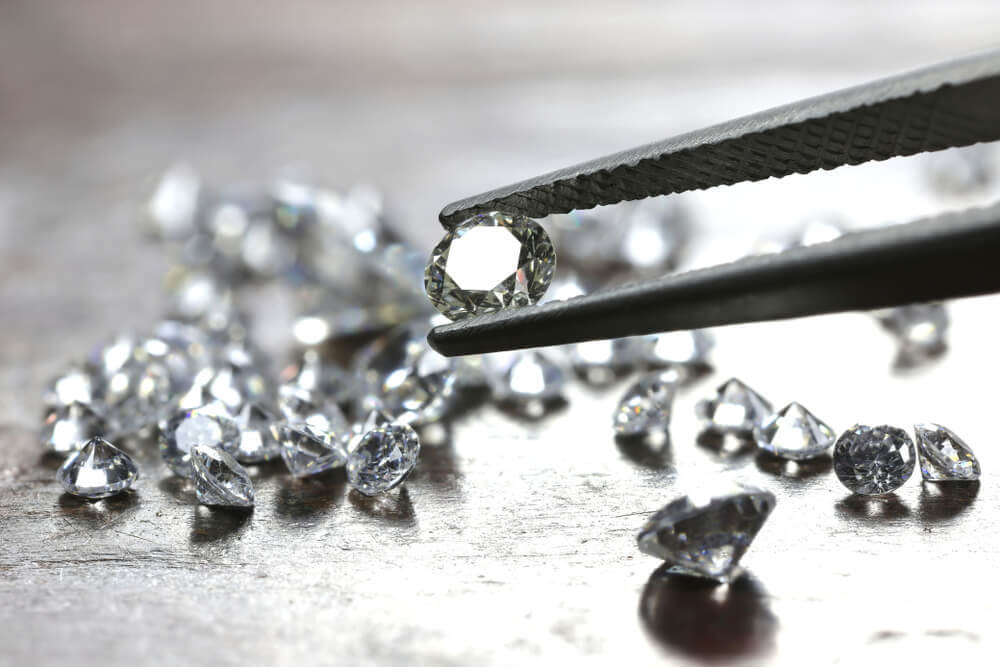
Of all the 4Cs, cut has the greatest impact on a gemstone’s beauty. If the gemstone is cut poorly, it won’t refract light very well, even if it’s the highest color and clarity possible. The gemstone’s cut is maximized when the cutter carefully considers the best way to cut the stone that will make the most of its brilliant possibilities. The grading scale includes five levels: Excellent, Very Good, Good, Fair, and Poor. We suggest choosing cut grades of Excellent or Very Good.
Color is the next most important quality in a diamond. GIA’s color-grading scale begins with the letter D for colorless diamonds, and continues with increasing presence of color to the letter Z. Fancy color diamonds use a different scale. Contact us for more information. Remember a diamond that is graded loose, can only be assigned one color grade.
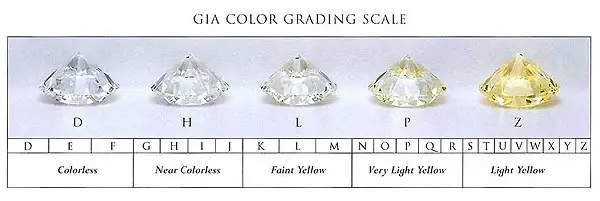
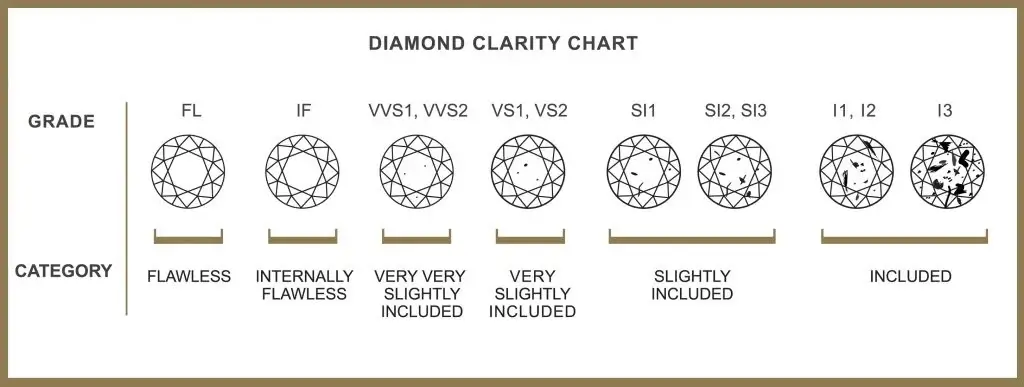
Sometimes you might hear someone compliment a friend’s diamond, saying “Your diamond is so bright and sparkly!” You might think that’s a diamond that is way up on the clarity scale, but you’d be wrong. That’s a diamond that is cut beautifully and is likely near colorless, or colorless.
Clarity is actually the evaluation of a gemstone’s internal and external characteristics. GIA grades clarity at 10 power magnification. Clarity is based on the size, location, nature, number, and color of the inclusions and blemishes. Remember a single loose stone can only have one clarity grade.
Carat is the standard measurement of a diamond or a gemstone’s weight. There are 100 points in 1.00 carat. The actual weight of a diamond can significantly impact the value. For example, if grades of cut, color, and clarity are the same, a 2.00 carat diamond will easily cost more than twice the price of a 1.00 carat.
Weight does not always enhance the value of a diamond. If a diamond is improperly cut, the added weight will reduce the brilliance.
The shape of a diamond will also affect its price. Round diamonds have always been the most popular. Other shapes come in and go out of popularity, which can affect the price, due to demand.
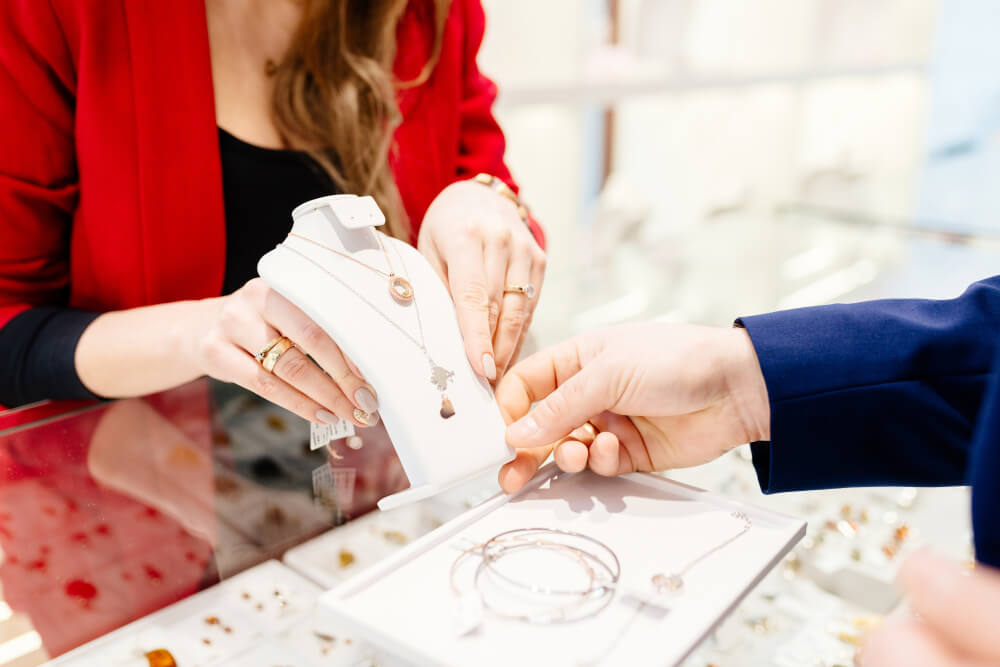
Identical to mined diamonds in clarity and chemical makeup, our lab-grown diamonds are becoming increasingly popular due to their guaranteed ethical sourcing and lower price tag.
They are not synthetic cubic zirconia or moissanite, though diamond alternatives can be just as beautiful. Our lab-grown diamonds are true diamonds, and are graded with the same Gemological Institute of America (GIA) standards as mined diamonds. Please note, however, that we do not take lab-grown diamonds back for trade-in purposes.
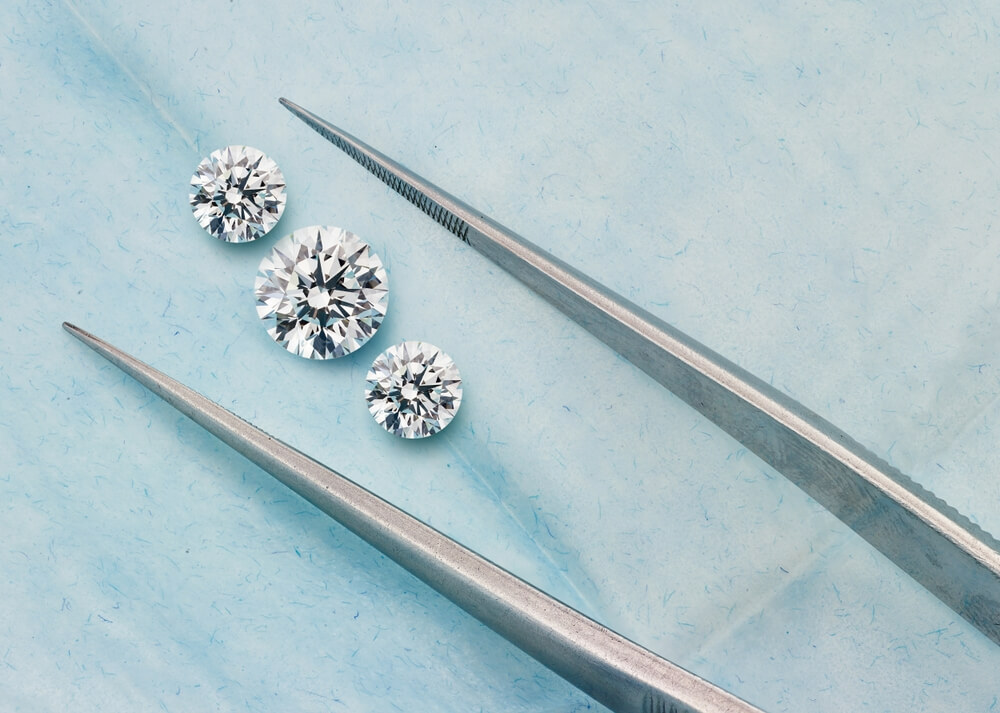
Preusser Jewelers has been serving the Grand Rapids area for over 174 years, making us Michigan’s oldest jeweler. Stop in and see for yourself why our top-tier customer service has helped us keep our customers for decades.
Preusser Jewelers, located in Grand Rapids, MI, is West Michigan’s premier jeweler. We specialize in loose diamonds, bridal, fine diamond, and gemstone jewelry, and custom design.
We also offer appraisals, consignment, and liquidation, and we repair your jewelry in-house.